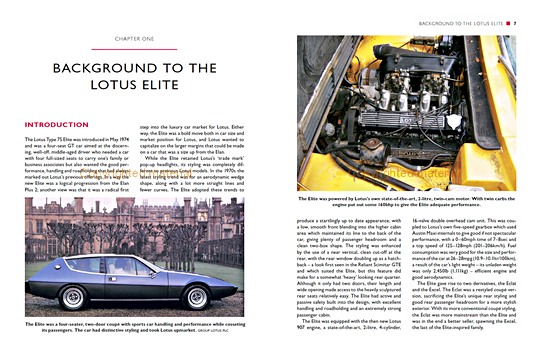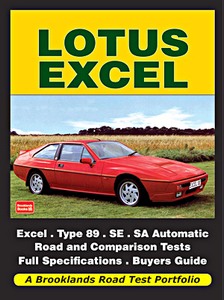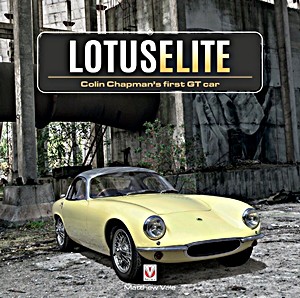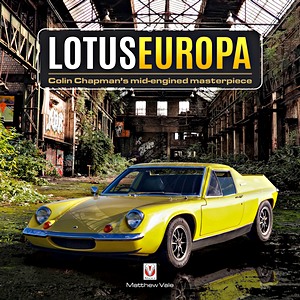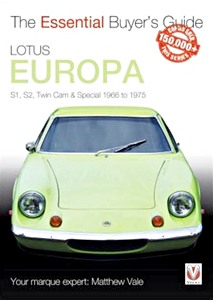Lotus Elite & Eclat (1974-1982) - Brooklands Portfolio
The 1974 Elite 4-seat hatchback was the first of three larger and more expensive Lotus models intended to replace the Elan and Europe. The cheaper Eclat fastback was based on the same chassis.
This Brooklands Portfolio book celebrates the Lotus Elite types 75 and 83, S1 and S2.2 Along with the Eclat / Sprint types 76 and 84, S1 and S2.2 from the years 1974-1982.
- The articles, taken from contemporary British and American car magazines, provide much information about history, model changes and technology.
- Also driving impressions, tests, comparison tests, technical specifications, etc.
- Offers also advice for the purchase of a pre-owned Lotus Elite or Eclat.
More information about Brooklands Portfolio books
Product details
| Details: | 160 pages, 11 x 8.25 x 0.43 in (28 x 21 x 1.1 cm), paperback |
|---|---|
| Illustrations: | 300 b&w photos |
| Publisher: | Brooklands Books (GB, 2011) |
| ISBN: | 9781855209176 |

Lotus Elite & Eclat (1974-1982)
Language: English
Available on Amazon - safe payment and fast delivery
Buy on Amazon.comBuy on Amazon UK
Buy on Amazon CA

